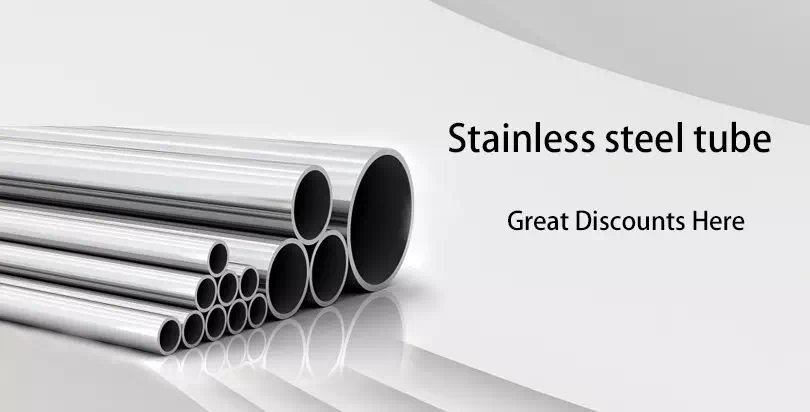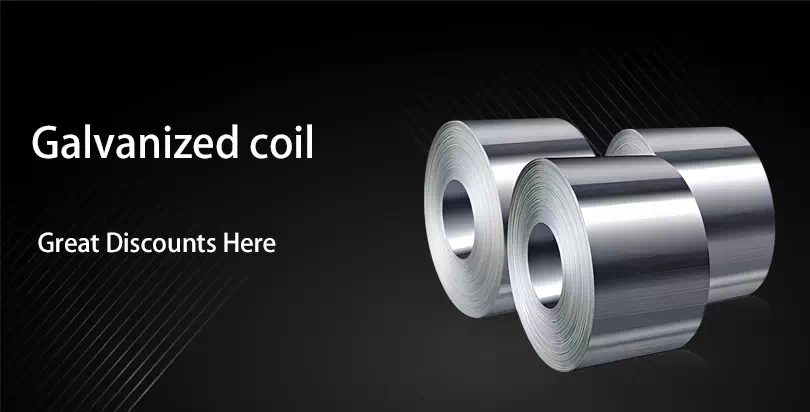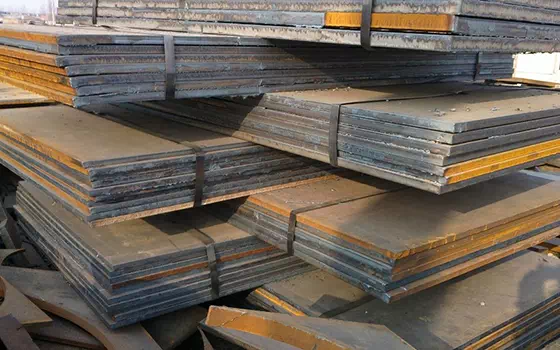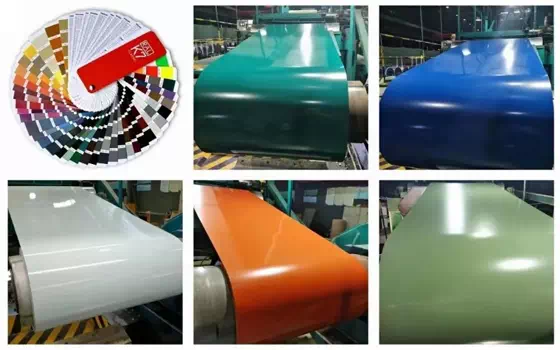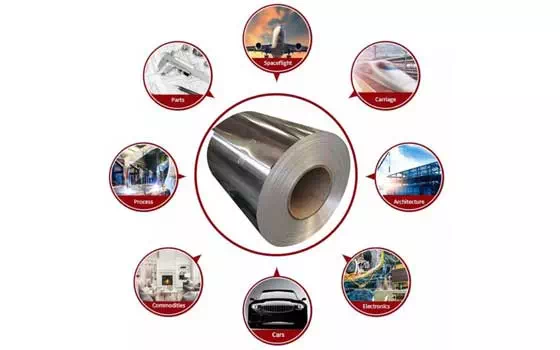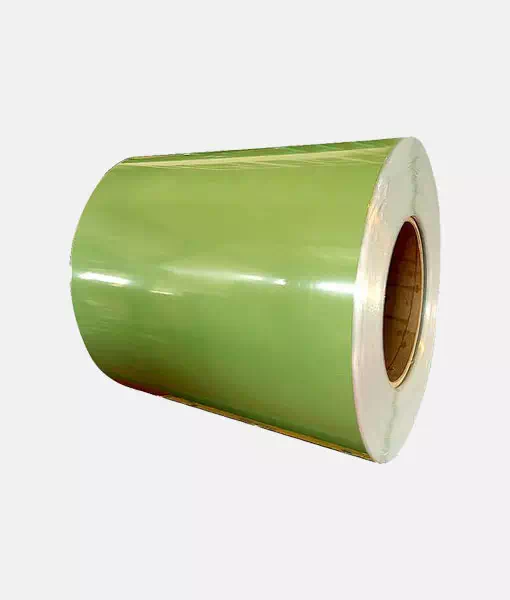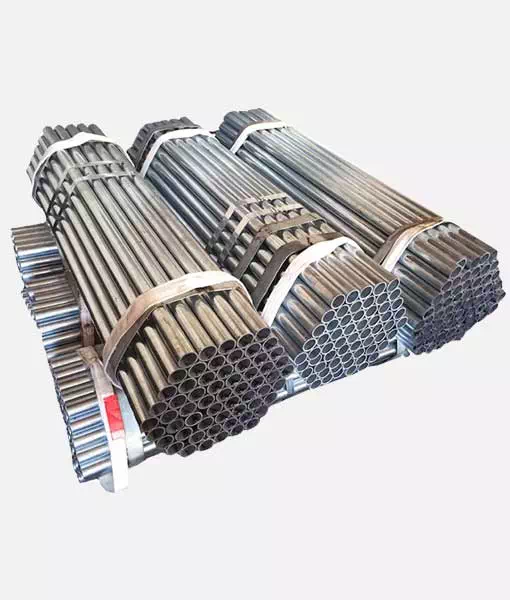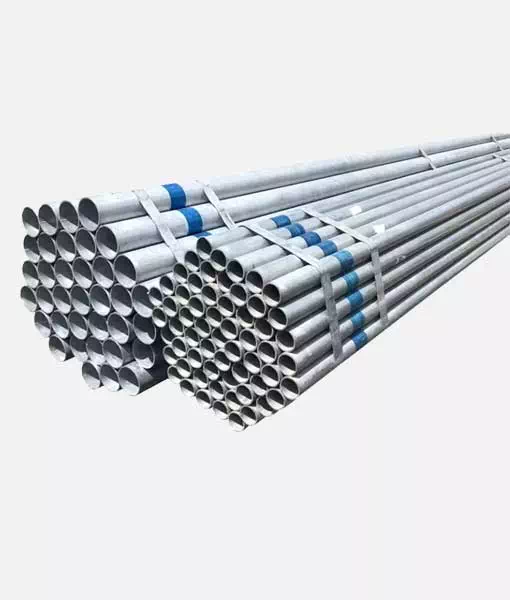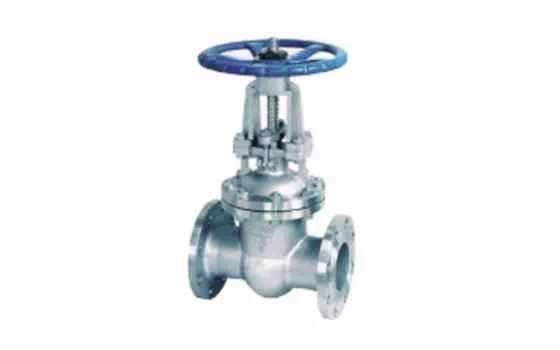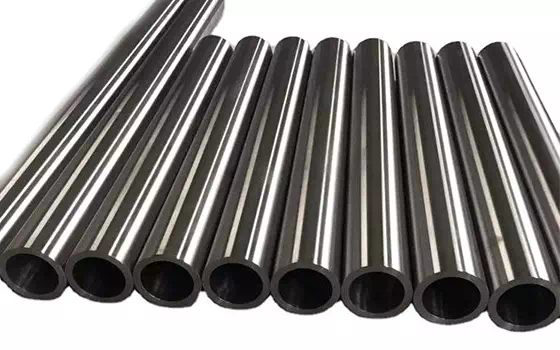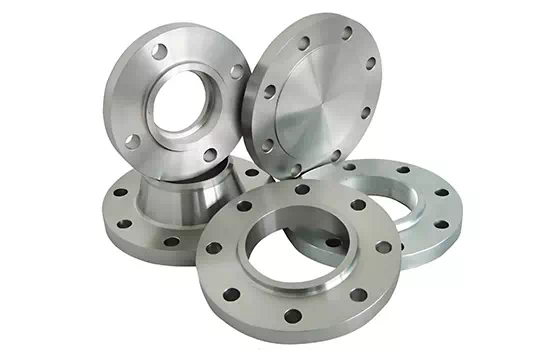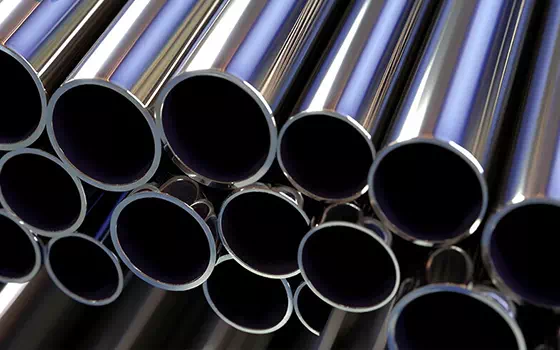For low carbon steel galvanized steel, J421/J422 or J423 electrode should be preferred. For galvanized steel plates with strength levels above 500MPa, E5001, E5003 and other types of welding rods can be selected.
Welding process of galvanized steel
(1) Manual arc welding
1) Preparation before welding
In order to reduce the smoke generated in the welding process and prevent the generation of welding cracks and pores, in addition to opening the appropriate groove before welding, the zinc layer near the groove should also be removed. The removal method can be flame baking or sand blasting. The groove clearance should be controlled within 1.5 ~ 2mm as far as possible, and when the workpiece thickness is large, it can be relaxed to 2.5 ~ 3mm.
2) Selection of electrode
The selection principle of the welding rod is that the mechanical properties of the weld metal are as close as possible to the base metal, and the silicon content of the welding rod deposited metal should be controlled below 0.2%.
The joint strength obtained by using ilmenite type electrode, titanium oxide type electrode, cellulose type electrode, titanium calcium type electrode and low hydrogen type electrode can reach satisfactory indicators, but the welding seam with low hydrogen type electrode and cellulose type electrode is prone to slag inclusion and porosity, so it is generally not used.
For low carbon steel galvanized steel, J421/J422 or J423 electrode should be preferred. For galvanized steel plates with strength levels above 500MPa, E5001, E5003 and other types of welding rods can be selected. For galvanized steel plates with a strength above 600MPa, E6013, E5503 and E5513 welding rods should be selected.
When welding, try to use a short arc, do not make the arc swing, to prevent the expansion of the melting area of the galvanized layer, to ensure the corrosion resistance of the workpiece and reduce the amount of smoke.
2) Gas arc welding
CO2 gas shielded welding or Ar+CO2, Ar+O2 and other mixed gas shielded welding can be used for welding. The protective gas has a significant effect on the content of Zn in the weld. When pure CO2 or CO2+O2 is used, the content of Zn in the weld is higher, while when Ar+CO2 or Ar+O2 is used, the content of Zn in the weld is lower. The current has little effect on the Zn content in the weld, and the Zn content in the weld decreases slightly with the increase of the welding current.
When welding galvanized steel with gas shielded welding, welding dust is much larger than manual arc welding, so special attention should be paid to exhaust air. The main factors affecting the amount and composition of soot are current and protective gas. The greater the current, or the greater the CO2 or O2 content in the protective gas, the greater the welding smoke, and the ZnO content in the smoke also increases, and the maximum ZnO content can reach about 70%.
Under the same welding specification, the penetration depth of galvanized steel is larger than that of non-galvanized steel. The porosity sensitivity of T-shaped joints, lap joints and downward vertical welding is higher, and the higher the welding speed, the easier the porosity is. For galvanized alloy steel, the effect of welding speed is particularly obvious. In multi-pass welding, the porosity sensitivity of the subsequent pass is greater than that of the previous pass.


